 October 5, 2016: Opportunity Exits Marathon Valley then Rocks Spirit Mound: It was another September to remember for the Mars Exploration Rovers (MER) mission as Opportunity cruised through the Lewis and Clark Gap and out of Marathon Valley, then hiked downslope, leading the first overland expedition of the Red Planet to Spirit Mound, a new site deep in Endeavour Crater’s rim.
October 5, 2016: Opportunity Exits Marathon Valley then Rocks Spirit Mound: It was another September to remember for the Mars Exploration Rovers (MER) mission as Opportunity cruised through the Lewis and Clark Gap and out of Marathon Valley, then hiked downslope, leading the first overland expedition of the Red Planet to Spirit Mound, a new site deep in Endeavour Crater’s rim.
“We have completed the ninth mission extension and are now starting the tenth,” said John Callas, MER project manager, of the Jet Propulsion Laboratory (JPL), home to all of NASA’s Mars rovers. “We are in a new phase of the mission.”
The MER team’s extended mission plan was written, presented, reviewed, and approved earlier this year. In July, MER was granted another two-year mission extension, which, in essence, allocates the funds to keep Opportunity roving through 2017 and 2018.
After more than a year of roving around Marathon Valley, an area roughly the size of three football fields, however, the views had gotten old. Having completed research on the remnants of ancient clay minerals the mission came here to ground-truth, and characterizing zones in the valley where water trickled or flowed millions to billions of years ago, neither Opportunity nor her Earth-based colleagues had any good reason to hang around.
So, on September 4th, months ahead of schedule, the veteran robot field geologist left Marathon Valley, heading east and downhill toward the interior of Endeavour Crater.
“Once we shot through that gap and started heading down the hill and were just motoring along, it was a good feeling,” said Steve Squyres, MER principal investigator, of Cornell University. “It’s actually really fun to be on the road again.” [More at link]
 THEMIS Image of the Day, October 5, 2016. The linear depressions in this VIS image are some of the numerous graben that make up Claritas Fossae. Graben form when two faults cause a block of material to be dropped to a lower elevation.
THEMIS Image of the Day, October 5, 2016. The linear depressions in this VIS image are some of the numerous graben that make up Claritas Fossae. Graben form when two faults cause a block of material to be dropped to a lower elevation.










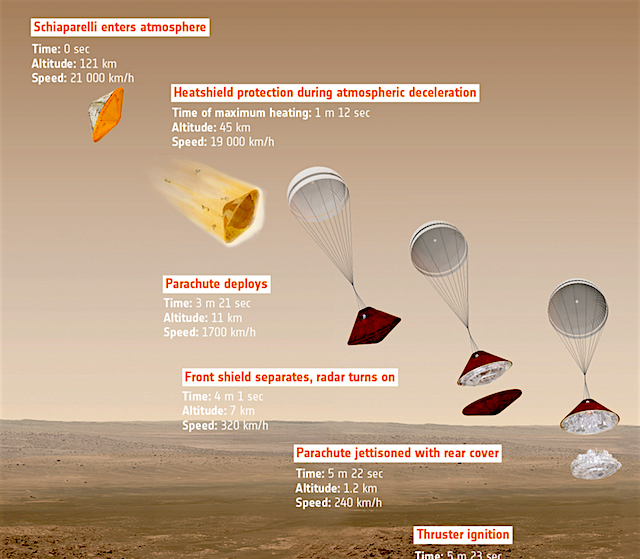
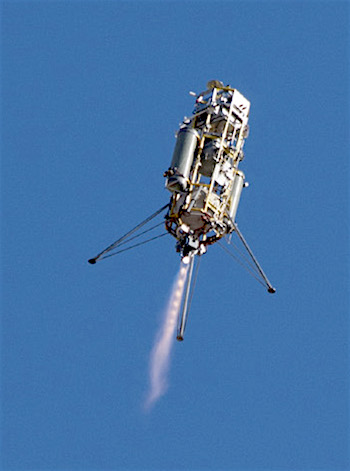
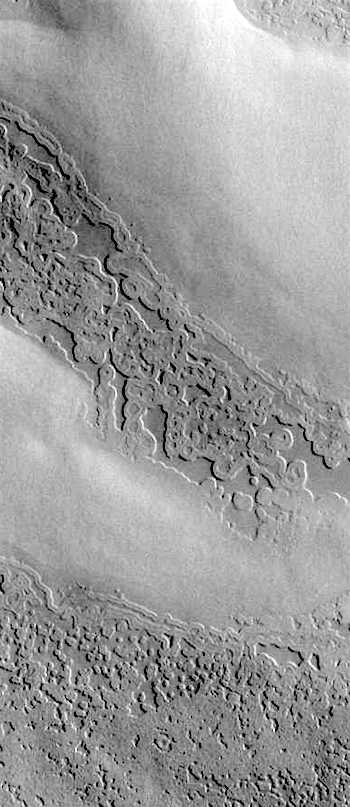

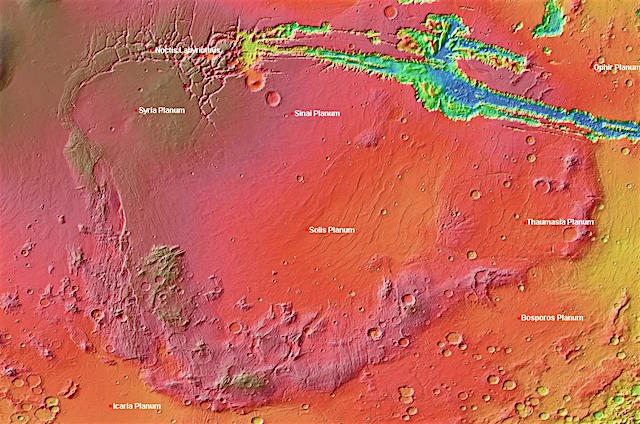 Researcher Don Hood
Researcher Don Hood 
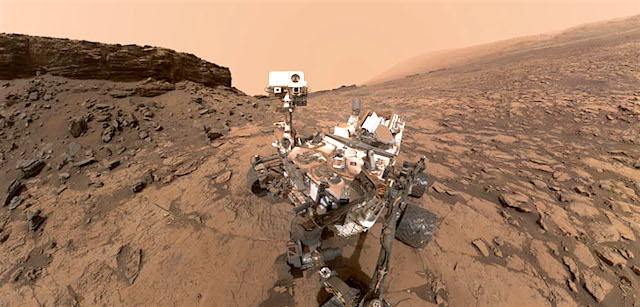 After collecting drilled rock powder
After collecting drilled rock powder